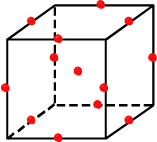
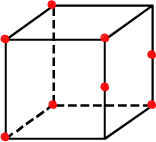
Overview of Microspheres
As the name implies, microspheres are small, spherical particles. Particle sizes range from 12 to 300 microns in diameter, and wall thickness can vary from several microns to as low as 0.1 micron. They can be composed of acrylonitrile, glass, ceramic or phenolic materials. Because they are hollow, the true density of microspheres is lower than that of other non-soluble additives. The true density of hollow microspheres ranges from 0.60 g/cc to as low as 0.025 g/cc.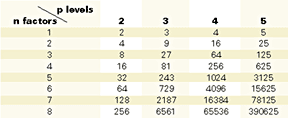
Typical Uses
Microspheres have found use in many applications over the years. They are widely used in the fiber-reinforced polyester industry to improve the manufacturing process of shower stalls and boats. Lighter, more-durable fiberglass products are a direct result of the creative use of microspheres. Thick-film ink, mining explosives, and rubber and plastic products of all descriptions are just a few other examples of the many products that are made better with these versatile materials. The benefits derived by these diverse end uses vary - some are unique to a specific industry, while others are common goals shared by many manufacturers.

Plastic Microspheres
Developed in the 1970s, thermoplastic microspheres are compressible, resilient, hollow particles. The extremely thin shell wall possible with plastic spheres results in specific gravities as low as 0.025 and allows just a small weight-percent of these materials to displace large volumes. Because the resilient plastic can deform under stress, there is virtually no breakage when mixing or pumping these products, even with high shear mixing. Additionally, the compressible nature of plastic can absorb impacts that might ordinarily deform the finished product, thereby reducing damage caused by stone chips, foot traffic or freeze-thaw cycles.
Glass Microspheres
Glass bubbles were developed in the 1960s as an outgrowth from the manufacture of solid glass beads. Since they are made of glass they provide the benefits of high heat and chemical resistance. The walls of glass bubbles are rigid. Products are available in a broad range of densities from as low as 0.125 g/cc to 0.60 g/cc. The collapse strength of the glass bubble is directly related to the density, i.e., the higher the density, the higher the strength. For example, a glass bubble with a density of 0.125 g/cc is rated at 250 psi, whereas one with a density of 0.60 g/cc is rated at 18,000 psi. In order to minimize both the cost and the weight of the final product, the appropriate glass bubble is the one that is just strong enough to survive all of the manufacturing processes and the end use of the product.
Use in Paint and Coatings
The spherical shape is one of the unique features that differentiates these products from other non-soluble additives. A sphere has the lowest surface area of any shape and, because of this, microspheres have very low resin demand. Microspheres roll past one another like ball bearings, with no rough surfaces or branches to entangle. At common loadings, there is only a minimal impact on viscosity when they are added to a liquid. Formulators can use microspheres to increase the solid content of a coating while maintaining the proper application and flow characteristics. Higher solids can reduce volatile organic compounds (VOCs), shrinkage and drying time.
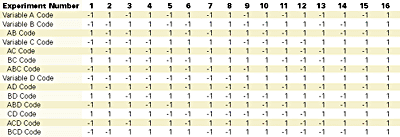

Limitations
Microspheres have some limitations that must be considered. The large particle size, compared to some other solid additives, can result in surface texture or gloss reduction, particularly in thin films. Their low density, the very property that gives them so many benefits, requires proper training and handling equipment so that they do not become airborne when adding them into the batch. Also, there is a tendency for the microspheres to float to the surface of low-viscosity systems. Proper product selection, viscosity modifiers and operator training can overcome these issues in most cases.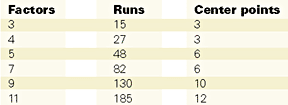
Summary
The creative formulator must use all the tools available when developing new products or improving existing lines. Microspheres are a tool that can help address issues that face all paint manufacturers at some point in time.For more information on microspheres, contact Chris Rosenbusch, Expancel Inc., 2240 Northmont Pkwy., Duluth, GA 30096; 770/813.9126; fax 770/813.8639; or visit www.expancel.com. Or contact Bruce Holcomb, 3M, 3M Ctr., Building 223-6S-04, St. Paul, MN 55144; 651/733.9233; fax 651/733.1659; or visit www.3m.com/paintsandcoatings.

Report Abusive Comment